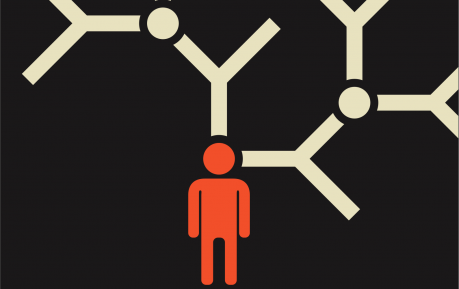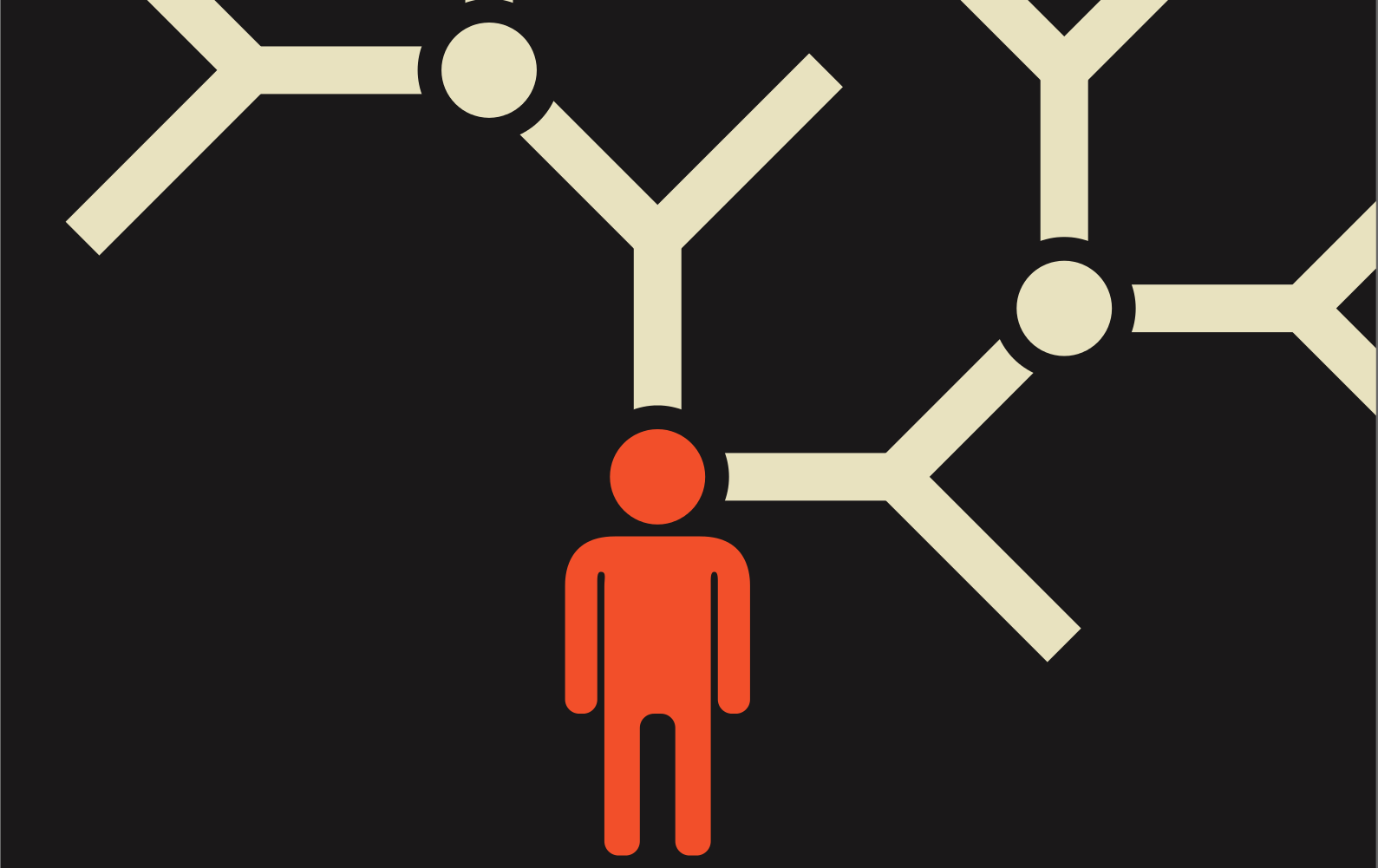DOWNLOAD
3 min read
New Product Development – Organizing to identify customer needs
How to structure a product development team to identify the most important unmet needs of your B2B customers

Obtaining a deep understanding of B2B customer needs is central to any new product development process. In a complex customer relationship, fi nding the best way to organize and manage customer interaction is anything but simple, especially when the product is technically complex. Rather than adopting a “one-size-fi tsall”approach, companies need to choose the best organizational method for their particular needs. This article outlines four approaches – and the circumstances in which each should be applied.
Obtaining a deep understanding of customer needs is central to any new product development process. In Arthur D. Little’s Global Innovation Excellence survey1, “Identifying customers’ unmet needs” was identified as one of the most important factors for innovation success, with the best practitioners outperforming others by over 20%. Over the last decade tools and techniques for obtaining customer intelligence in B2C2 industries have become increasingly sophisticated. Digitalization now provides a vast reservoir of hitherto untapped analytical data, and customers are becoming increasingly engaged in the design process itself. Companies in B2B industries3, on the other hand, have a much narrower base of customers, many of whom have regular personal interactions with their suppliers. This interaction should make the process of understanding customer needs more straightforward.
However, in practice, finding the best way to organize and manage customer interaction is anything but simple, especially when the product is technically complex. For example, often the Marketing or Sales functions “own” the customer relationship, but are they the best people to uncover highly-technical customer needs? Conversely, R&D may benefit from having first-hand contact with the customer to understand their technical needs better. But is this the right approach to nurture valuable customer relationships? After all, R&D staff are, as a general rule, not renowned for their people skills and commercial acumen. Many companies try to solve the problem by insisting on a cross-functional team approach between R&D and commercial teams. However, this can have its own challenges around ill-defined roles and responsibilities. What are the key success factors for making B2B customer needs identification effective? And how significant is getting it right in terms of innovation success?
To help answer these questions, Arthur D. Little, together with the Eindhoven University of Technology, conducted in-depth interviews with over 30 product development leaders in 15 companies across multiple sectors4 to identify effective approaches to gathering, understanding and synthesizing information related to customer needs. In this article, we review the highlights from the analysis and offer some guidance to help companies organize their customer-needs intelligence teams. Our research showed that most companies tend to either use a one-size-fits-all approach, or else approach the situation with ad hoc arrangements. However, the research also showed that “getting it right” can lead to doubling of innovation success rates and have significant impact on R&D effectiveness. This is something B2B companies cannot afford to ignore.

3 min read
New Product Development – Organizing to identify customer needs
How to structure a product development team to identify the most important unmet needs of your B2B customers


Obtaining a deep understanding of B2B customer needs is central to any new product development process. In a complex customer relationship, fi nding the best way to organize and manage customer interaction is anything but simple, especially when the product is technically complex. Rather than adopting a “one-size-fi tsall”approach, companies need to choose the best organizational method for their particular needs. This article outlines four approaches – and the circumstances in which each should be applied.
Obtaining a deep understanding of customer needs is central to any new product development process. In Arthur D. Little’s Global Innovation Excellence survey1, “Identifying customers’ unmet needs” was identified as one of the most important factors for innovation success, with the best practitioners outperforming others by over 20%. Over the last decade tools and techniques for obtaining customer intelligence in B2C2 industries have become increasingly sophisticated. Digitalization now provides a vast reservoir of hitherto untapped analytical data, and customers are becoming increasingly engaged in the design process itself. Companies in B2B industries3, on the other hand, have a much narrower base of customers, many of whom have regular personal interactions with their suppliers. This interaction should make the process of understanding customer needs more straightforward.
However, in practice, finding the best way to organize and manage customer interaction is anything but simple, especially when the product is technically complex. For example, often the Marketing or Sales functions “own” the customer relationship, but are they the best people to uncover highly-technical customer needs? Conversely, R&D may benefit from having first-hand contact with the customer to understand their technical needs better. But is this the right approach to nurture valuable customer relationships? After all, R&D staff are, as a general rule, not renowned for their people skills and commercial acumen. Many companies try to solve the problem by insisting on a cross-functional team approach between R&D and commercial teams. However, this can have its own challenges around ill-defined roles and responsibilities. What are the key success factors for making B2B customer needs identification effective? And how significant is getting it right in terms of innovation success?
To help answer these questions, Arthur D. Little, together with the Eindhoven University of Technology, conducted in-depth interviews with over 30 product development leaders in 15 companies across multiple sectors4 to identify effective approaches to gathering, understanding and synthesizing information related to customer needs. In this article, we review the highlights from the analysis and offer some guidance to help companies organize their customer-needs intelligence teams. Our research showed that most companies tend to either use a one-size-fits-all approach, or else approach the situation with ad hoc arrangements. However, the research also showed that “getting it right” can lead to doubling of innovation success rates and have significant impact on R&D effectiveness. This is something B2B companies cannot afford to ignore.



